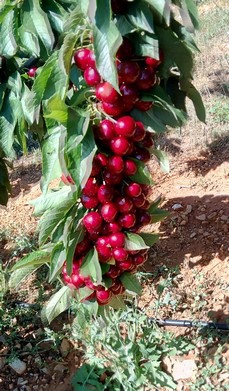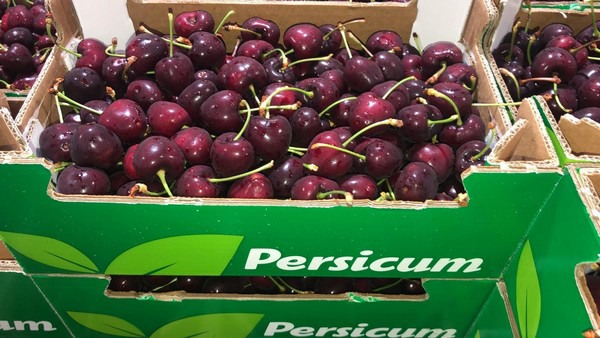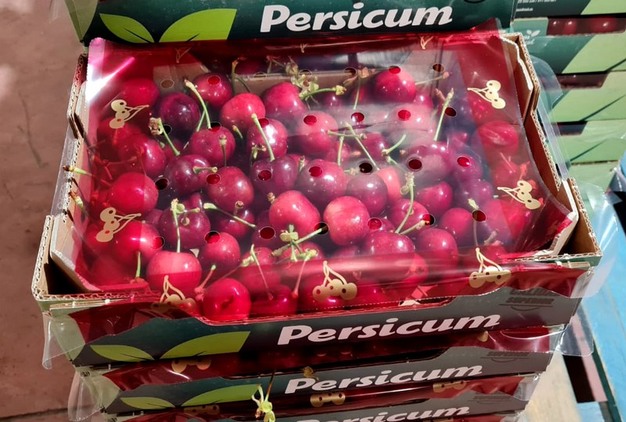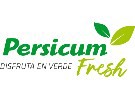The cherry campaign is already coming to a close in Spain with the harvest of the last Staccato, in a year in which it has become clear that rain, despite being undoubtedly necessary, can also become this crop's worst enemy.

"We have dealt with constant rain practically from the beginning and this has marked the development of the entire campaign," says José Luis Bernal Herrero, of Persicum Fresh. "Depending on the variety, the average harvest has stood at just between 50 and 70% of the potential, because in addition to problems with the flowering and fruit setting, there have been losses due to cracking and rotting caused by the constant humidity. Above all, cherries have performed poorly in the markets."
"Due to this lack of supply, prices have stood at really high levels, despite the fruit not meeting the expected quality standards." At the moment, they remain high, even though the campaign is at its end point.
"Next week, the campaign will finish in the region of Aragon. We at Persicum Fresh usually continue delivering fruit in August, but this year we will finish between 15 and 20 days earlier than normal, which gives an idea of the amount of cherries we are missing," especially in Jerte and Alicante, says José Luis. Meanwhile, in the production areas of Ricla and Calatayud, the intermittent rains recorded during the fruit's ripening and harvesting stage also took a toll on the quality and supply. "In fact, about 20-25 days ago, around June 20, there was a significant gap in the cherry supply on the market, and even Spanish supermarkets that we don't work with were calling us, looking for fruit under better conditions."

Moreover, the situation has been such that "at some point, we have seen a slowdown in consumption, and everything pointed to the customers having become tired of buying expensive cherries that developed poorly at home."
"A balance must be found between reaching the market early and supplying the consumer a fruit that encourages them to continue consuming it"
Consumption and prices tend to be determined by the balance between supply and demand, but in recent years, stone fruit, including cherries, have been going through some difficulties, which appear to have overlapped with a general decline in consumption, as reported monthly by the Ministry of Agriculture.
"Consumption is highly reactive. This year, for example, Murcia, which every year manages to remain ahead of the extra-early areas of Seville and Huelva, has suffered a month of rainfall and started the stone fruit campaign with poor quality fruit, since due to the fewer hours of sunshine they had not accumulated enough Brix. The markets were empty because the rain prevented access to the fields to harvest, so the fruit became very expensive. In my opinion, all this drove people away from the product. So when Aragon and Lleida have reached the market with their fruit, we have come across markets without consumers."

"We all know that the most extra-early fruit gets the best price, but this one is also usually the most deficient in terms of flavor and quality. This doesn't apply only to stone fruit; it also happens with the mandarin campaign, for example. That is why a balance must be found between reaching the market early and supplying the consumer a fruit that encourages them to continue consuming it."
 For more information:
For more information:
Persicum Vega
Pol. Industrial La Charluca
Complejo Aragón Fase II, Nave 3
50340 Calatayud, Zaragoza, Spain
Tel.: + 34 617323631
http://persicumfresh.es
